
- 1. The Origins of the Waltz
- 2. The Evolution and Popularity of the Waltz
- 3. How the Waltz Boosts Confidence
- 4. Real-Life Stories and Impacts of Waltz on Confidence
- 5. Learning the Waltz at American Dance Academy
1. The Origins of the Waltz
The waltz is one of the most iconic and beloved ballroom dances in history, known for its graceful movements and smooth, flowing style. Originating in the late 18th century, the waltz initially emerged in Europe, specifically in the Austrian and German regions. The dance's name is derived from the German word "walzen," meaning "to roll or turn," which perfectly describes the spinning motion of the dance.
In its early days, the waltz was considered controversial. It involved close contact between partners, which was seen as scandalous at the time. However, despite the backlash, the dance gained immense popularity, particularly in the royal courts of Europe. By the early 19th century, the waltz had firmly established itself as a key part of social dancing, even evolving into several variations such as the Viennese waltz and the slow waltz.
2. The Evolution and Popularity of the Waltz
The waltz continued to evolve throughout the 19th and 20th centuries. During this time, the tempo, steps, and style of the dance were refined to fit the changing musical tastes of the era. The introduction of new waltz variations, such as the "English waltz," further broadened its appeal.
By the 20th century, the waltz had become a cornerstone of ballroom dance competitions. Today, it remains one of the most popular dances in both social and competitive settings, with millions of dancers worldwide embracing its elegance and beauty. The waltz has also made its way into modern culture through movies, television shows, and even reality dance competitions, proving that its timeless appeal continues to captivate people of all ages.
3. How the Waltz Boosts Confidence
In addition to being a beautiful form of expression, the waltz offers numerous psychological benefits, one of the most significant being a boost in self-confidence. Here are some ways in which learning and practicing the waltz can help improve confidence:
- Improved Posture: The waltz requires strong posture and alignment, which automatically boosts a dancer's sense of confidence. Standing tall and maintaining proper body alignment helps improve one's physical presence, making individuals feel more self-assured.
- Coordination and Grace: As dancers learn the intricate steps of the waltz, they gain better control over their bodies and develop fluid, graceful movements. This coordination fosters a sense of accomplishment, contributing to higher self-esteem.
- Social Interaction: Partner dancing, such as the waltz, encourages social interaction and fosters a sense of connection. The trust and teamwork required between partners can help individuals feel more comfortable in social settings, increasing their self-assurance when interacting with others.
- Overcoming Performance Anxiety: As dancers gain experience in the waltz, they often perform in front of others, whether at a social event or in a competition. This exposure can reduce performance anxiety and improve public speaking or presentation skills, further enhancing confidence.
- Sense of Accomplishment: Mastering the steps of the waltz and performing them with precision can give individuals a tremendous sense of accomplishment. This success is a direct contributor to self-confidence and pride in their abilities.
As a result, people who engage in waltz dancing often report an increase in their overall self-esteem and confidence, both in dance and in other aspects of life. The beauty of the waltz isn't just in its movements; it also lies in the personal growth it fosters in those who practice it.
4. Real-Life Stories and Impacts of Waltz on Confidence
Many individuals who have taken up the waltz describe the profound impact it has had on their confidence. Take, for example, the story of Sarah, a beginner dancer who had always struggled with shyness. After taking up the waltz, she noticed a significant shift in how she carried herself. Not only did she become more confident in her social interactions, but she also gained confidence in other areas of her life, from speaking in public to leading meetings at work.
Similarly, David, who had been struggling with low self-esteem due to a lack of physical activity, found that the waltz gave him a sense of purpose and achievement. Over time, he noticed improvements in both his physical fitness and his confidence. The structured nature of the dance helped him focus on his movements, while the social aspect of partnering made him feel more connected and engaged with others.
These personal stories reflect a broader trend where dance, especially the waltz, acts as a powerful tool for confidence-building. Whether it’s through improving physical fitness, providing a social outlet, or encouraging personal growth, the waltz offers lasting benefits for individuals looking to boost their self-esteem.
5. Learning the Waltz at American Dance Academy
If you're interested in experiencing the confidence-boosting benefits of the waltz, consider enrolling in dance classes at American Dance Academy. Our expert instructors offer personalized lessons that cater to all levels, from beginners to advanced dancers. Whether you're learning the waltz for social events, fitness, or competitive dancing, we provide a welcoming and supportive environment to help you achieve your goals.
At American Dance Academy, we focus not only on teaching the technical aspects of the dance but also on the emotional and mental benefits that come with mastering it. Our students consistently report increased confidence, improved posture, and greater social ease after taking our waltz classes. Join us today and experience the transformative power of dance!
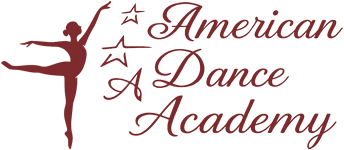




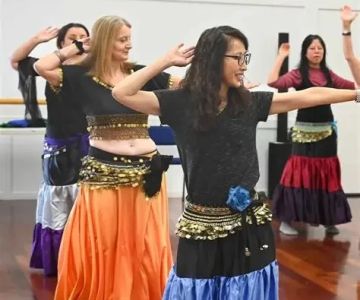
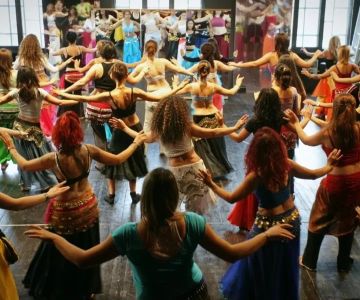
 Alohi's Polynesian Dance5.0 (6 reviews)
Alohi's Polynesian Dance5.0 (6 reviews) Arthur Murray Dance Studio Ridgewood5.0 (49 reviews)
Arthur Murray Dance Studio Ridgewood5.0 (49 reviews) Northeastern Ballet Theatre5.0 (1 reviews)
Northeastern Ballet Theatre5.0 (1 reviews) ShowStars Dance Academy4.0 (12 reviews)
ShowStars Dance Academy4.0 (12 reviews) Yucca Valley Visual & Performing Arts Center5.0 (6 reviews)
Yucca Valley Visual & Performing Arts Center5.0 (6 reviews) The Studio for Kids5.0 (5 reviews)
The Studio for Kids5.0 (5 reviews)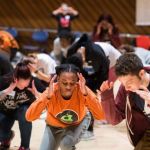 How a Dance School with 54 Students Cultivates a Thriving Dance Community
How a Dance School with 54 Students Cultivates a Thriving Dance Community Why Is Dance Important in Schools? Exploring Its Transformative Role
Why Is Dance Important in Schools? Exploring Its Transformative Role Top 10 Ballroom Dance Moves Fitness Routine
Top 10 Ballroom Dance Moves Fitness Routine Salsa Explained: Common Mistakes to Avoid for Perfect Dance Moves
Salsa Explained: Common Mistakes to Avoid for Perfect Dance Moves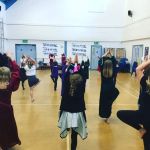 Are School Dances Mandatory? What You Need to Know About Attending or Skipping
Are School Dances Mandatory? What You Need to Know About Attending or Skipping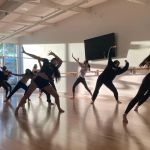 A Dance Studio with a School Gym: Blending Athletics and Arts
A Dance Studio with a School Gym: Blending Athletics and Arts